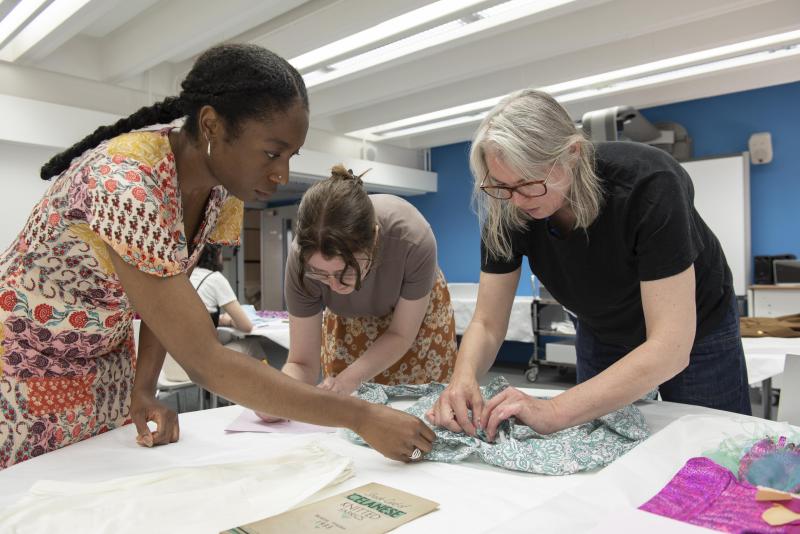
Project dates: April 2020 – July 2022

This guide is the result of a collaboration between the Dress and Textiles Specialists (DATS), led by the Victoria and Albert Museum and Glasgow Museums; and the Plastics Subject Specialist Network (PSSN), led by the Museum of Design in Plastics (MoDiP). It has been developed with Art Fund support with additional funding from the British Plastics Federation, Worshipful Company of Horners, and the Plastics Historical Society.
Subject
This guide focuses on garments made of fibres known as semi-synthetic and synthetic. We have classified all fibres as either 'natural' (e.g., cotton and silk), 'synthetic' (e.g., nylon and acrylic) or semi-synthetic (e.g., viscose rayon and acetate rayon). All these fibres are polymers, that is to say they are formed by a process known as polymerisation in which small molecules called monomers combine chemically to produce large, chainlike molecules. Synthetic fibres are completely artificial – all the processes of manufacture are carried out in factories starting from basic raw materials such as natural gas or petroleum; semi-synthetic fibres, on the other hand, start from the polymers found in plant or animal materials (cellulose or proteins), which man then further modifies by physical and chemical treatments providing fibres suitable for textile use. In semi-synthetics, therefore, nature has done the polymerisation step, man has done the rest. For a more in-depth explanation please see Simple polymer chemistry.
Purpose
The guide's purpose is to enable participants to improve the documentation and interpretation of collections of synthetic garments and make them accessible to the widest audience. It is intended to be used at DATS and Plastics SSN workshops and as a means of sharing the knowledge communicated in the workshops with colleagues and the wider public. It is also intended as a stand-alone guide for basic synthetic textile identification. Please use it alongside the other PSSN resources (A curator's guide to plastics and Confronting plastics preservation) to develop a fuller understanding of the various materials and their needs.
Downloadable booklet
The guide is also available as a downloadable DATS booklet entitled Curating Semi-Synthetic and Synthetic Fibres and Fabrics. The different titles are in keeping with the other resources the Subject Specialist Networks have produced. Please note the format differs slightly between the DATS booklet and PSSN guide, but the technical content is the same.
Peer review
The booklet and guide are peer reviewed resources. Both can be amended and updated. Please contact modip@aub.ac.uk with comments and corrections.
